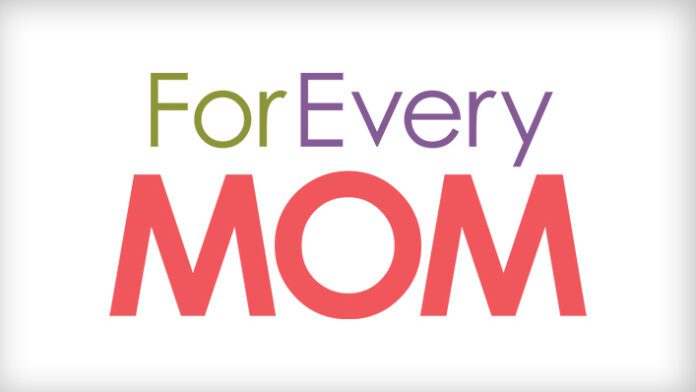The Internet Is Full of Pornography
Why do we need to know how to block porn? Because we all know how prevalent it is. Do I need a statistic to back me up? Or, based on your own browsing experience, can we just agree that finding pornography just isn’t difficult in the digital age?
It’s for this reason that caring adults need to have a basic understanding of how humans and machines communicate.
Understanding the Domain Name System (DNS).
In the Internet Hall of Fame, we find Paul Mockapetris, who expanded the Internet beyond its academic origins by inventing the Domain Name System (DNS) in 1983.
Think of DNS as the digital phonebook of the Internet. Humans look for information by typing in words like “protectyoungeyes.com” (also referred to as a “hostname”) while computers use IP addresses (a series of numbers) to communicate, like 123.45.678. The DNS translates the words into numbers so that the Internet can show humans what they’re looking for.
Yes, every single time you type words into Google, there’s an entire translation system that’s attempting to take human-speak and turn it into computer-speak and then vice-versa.
And located all around the world are DNS servers that house databases of public IP addresses and their associated hostnames, using that information to “resolve” or translate our Google searches into something understood by computers.
Our Favorite Clean DNS Providers.
With the knowledge gained above, one can see that we can leverage a DNS server’s information to categorize and filter IP addresses, maybe preventing access to categories of inappropriate hostnames.
For families with children, this often means wanting to block access to websites that are categorized as pornography, mature content, violence, weapons, and more. For adults who want to steer clear of potentially addictive content, that might mean just blocking IP addresses categorized as “pornography, sexualized content, and mature.”
We do this by manually telling each of our digital devices to use a DNS server that prevents access to those categories. And, we’ll show you how if you keep reading!
At Protect Young Eyes, there are two “clean” DNS server providers that we recommend to our families:
- OpenDNS – this is one of the world’s most popular clean DNS, namely their “Family Shield” set of blocked categories.
- CleanBrowsing.org – is an organization started by a tech-genius dad who saw some weaknesses with OpenDNS that he wanted to solve for his own kids, including more control over image searches, mixed content sites (Imgur, Reddit), locking YouTube Restricted Mode, locking safe search on popular search engines, and more.
My family is running the Clean Browsing Family-level DNS (see below) on our home’s wireless router, Chromebook, and my personal iPhone.
The OpenDNS Family Shield DNS IP Addresses are:
- 208.67.222.123
- 208.67.220.123
The service blocks pornographic content, including “Pornography,” “Tasteless,” and “Sexuality” categories, in addition to proxies and anonymizers (which can render filtering useless). It also blocks phishing and some malware.
The Clean Browsing Family-level DNS IP Addresses are:
- 185.228.168.168
- 185.228.169.168
This configuration blocks access to all adult, pornographic and explicit sites. It also blocks proxy and VPN domains that are used to bypass the filters. Mixed content sites (like Reddit and Imgur) are also blocked. Google, Bing, and YouTube are set to the Safe Mode (yea!).
The Clean Browsing Adult-level DNS IP Addresses are:
- 185.228.168.10
- 185.228.169.11
This configuration blocks access to all adult, pornographic and explicit sites. It does not block proxy or VPNs, nor mixed-content sites. Sites like Reddit are allowed. Google and Bing are set to the Safe Mode and YouTube is not restricted.
How to Block Porn on Popular Devices Using DNS.
Now, let’s use a few well-placed IP addresses to keep the junk away from your precious young people (or teen people). **Clarity — everything you’re going to read below is very browser focused. Meaning, if you configure Clean Browsing’s DNS on your iPhone or Android, it will do its work in Safari, Google, Chrome, Opera, Dolphin, or whatever internet search app you might use.
In other words, this isn’t the silver bullet for Instagram. Oh, don’t I wish. We’ve written extensively about the incomprehensible pornography problem that exists in Instagram, which was even picked up by Forbes in a recent article. Snapchat has porn, too, but to a lesser extent. Clean Browser will indicate that the phone made a “call” to the internet for “instagram.com” or “snapchat.com” while resolving the DNS request, but that’s it. We’re stuck until leadership at those apps decide to care more about our children.

